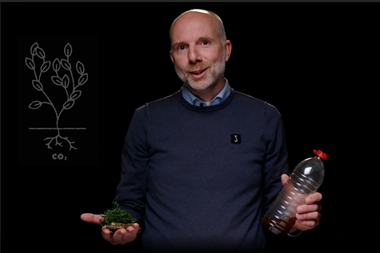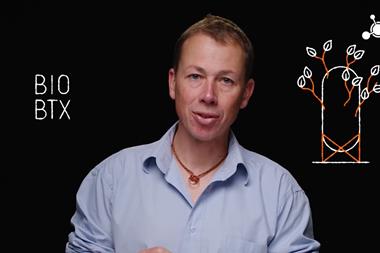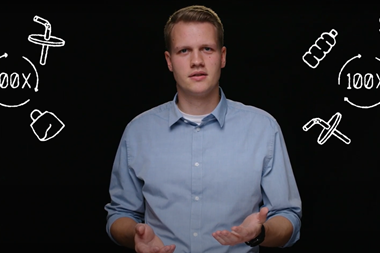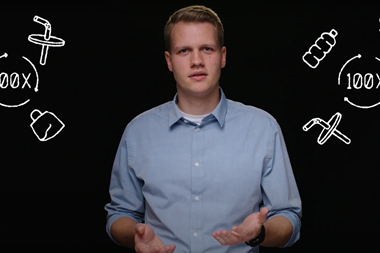What are the chemical properties of the polymers you are studying?
We use hydrophilic polymers, which attract water molecules. These water molecules form small groups around the polymer, creating a kind of water shield. A particle of dirt will find it very difficult to break through this incredibly strong network of water molecules, so the material underneath remains clean. However, this only works when the polymer layer is in water, such as on boats or in sewers. This is because there are enough water molecules to form such a shield. In air, the water layer dries out and the polymers lose their function: instead of stretching like a brush, they collapse into a lump, which is not a good formation for repelling dirt.
What does such a polymer coating look like?
The coating is made up of two layers of polymers. The first layer contains a polymer that bonds to the surface to be protected. A second layer of polymer is then applied to this first layer. This second layer contains the dirt-repellent element of the brush coating. The bond between the first and second polymer layers can be thought of as Velcro: you can easily ‘peel’ the second layer by treating the coating with salt, acid or alkali. This reversibility allows you to apply a new polymer layer without too much chemical fuss, for example if the original layer has become too dirty, or simply to give the coating a different function.
What is your short-term goal?
Getting the polymers to adhere to the surface without covalent bonding is still a challenge. We are trying to do this via hydrophobic interactions, but in practice it is proving difficult to get sufficient control over this. In addition, the dirt-repellent function is not yet working optimally. It does a good job of repelling certain dirt particles, but there are always a few that escape. Fortunately, we can still improve our recipe by varying a few things, including the length and other properties of the polymers.




















Nog geen opmerkingen